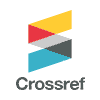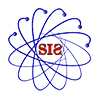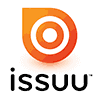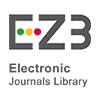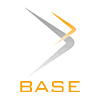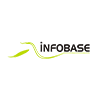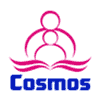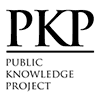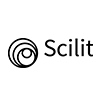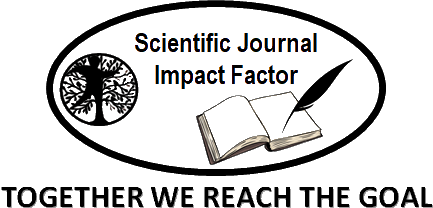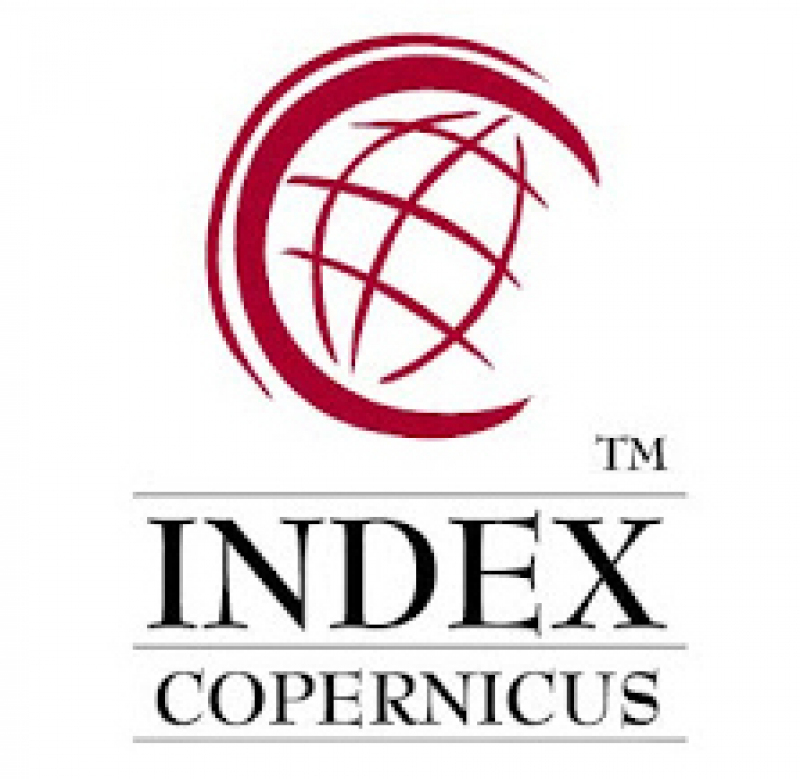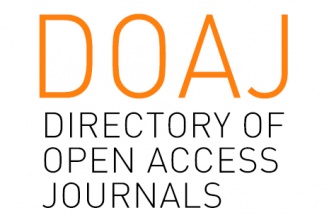Development of Website-Based Learning Media Oriented to Junior High School Students' Ability to Understand Concepts and Self-Efficacy
Abstract
Keywords
Full Text:
PDFReferences
Dini, M., Wijaya, T. T., & Sugandi, A. I. (2018). The Effect of Self-Confidence on the Mathematical Comprehension Ability of Junior High School Students. JOURNAL OF SYLLOGISM: A STUDY OF MATHEMATICS AND ITS LEARNING, 3(1), 1-7.
Fatma, A. V. C. I., & Hatice, A. T. I. K. (2022). An innovative application in educational technology: the H5P project. School Management, 2(1), 57-69.
Hamalik, Oemar. (2017). Curriculum and Learning. Bandung: Bumi Aksara
Jannah, M. M., Supriadi, N., & Suri, F. I. (2019). The Effectiveness of the Visualization Auditory Kinesthetic (VAK) Learning Model on the Understanding of Mathematical Concepts Based on Medium and Low Self-Efficacy Classification. AXIOM: Journal of the Mathematics Education Study Program, 8(1), 215-224.
Khoirurrijal, F., Sofia, M. A., Gandi, S., Muin, A., Tajeri, F. A., & Hamdani, S. (2022). Development of the Independent Curriculum. Malang: Literacy CV Nusantara Abadi.
Kilpatrick, J., Swafford, J., & Findell, B. (2001). Adding It Up: Helping Children Learn Mathematics. In M. L. S. Committe & N. R. Council (Eds.), Social Sciences. National Academy Press.
Kusumah, W., & Dwitagama, D. (2012). Getting to know classroom action research. Jakarta: Index.
Lestari, S. A., Karim, K., & Sari, A. (2021). Analysis of Mathematical Self Efficacy and Mathematics Learning Outcomes of Junior High School Students in Banjarmasin City. JURMADIKTA, 1(1), 68-76.
Marisa, M. (2021). Innovation of the "Merdeka Belajar" curriculum in the era of society 5.0. Santhet: Journal of History, Education, and Humanities, 5(1), 66-78.
Mashuri, S. (2019). Mathematics Learning Media. Deepublish.
Nurjanah, Dahlan, J. A., & Wibisono, Y. (2021). The Effect of Hands-On and Computer-Based Learning Activities on Conceptual Understanding and Mathematical Reasoning. International Journal of Instruction, 14(1), 143–160.
Panjaitan, D. J., Ridwan, M., & Aprilia, R. (2022). Development of Website-Based Learning Media to Increase Student Learning Motivation During the Covid-19 Pandemic. AXIOM: Journal of the Mathematics Education Study Program, 11(2), 1524.
Petri, C. (2022). Opportunities for the development of spatial vision and spatial orientation competence with digital tools in the upper grades of primary school. Pannon Digital Pedagogy (e-learning–distance learning–education-informatics), 2(1).
Plomp, T. & Nieveen, N. (2013). Educational Design Research. Enchede: Netherlands Institute for curriculum development.
Pratiwi, A. F., & Imami, A. I. (2022). Analysis of self-efficacy in mathematics learning in junior high school students. AXIOM: Journal of Mathematics and Mathematics Education, 13(3), 403-410.
Putri, W. K. H. W., & Prabawanto, S. (2019). The analysis of students’ self-efficacy in learning mathematics. In Journal of Physics: Conference Series (Vol. 1157, No. 3, p. 032113). IOP Publishing.
Russian. (2012). Computer-based learning and learning. Bandung: Alfabeta.
Sadjati, that's it. (2012). Development of Teaching Materials. Jakarta: Open University.
Schunk, D. H., & Zimmerman, B. (2012). Motivation and Self-Regulated. Learning: Theory, Research and Applications. New York: Routledge.
Wardhani, S. (2008). Analysis of SI and SKL of junior high school/MTs mathematics subjects to optimize the objectives of mathematics subjects. Yogyakarta: PPPPTK.
DOI: http://dx.doi.org/10.18415/ijmmu.v12i8.6946
Refbacks
- There are currently no refbacks.
Copyright (c) 2025 International Journal of Multicultural and Multireligious Understanding

This work is licensed under a Creative Commons Attribution-NonCommercial-NoDerivatives 4.0 International License.
https://ijmmu.com
editor@ijmmu.com
facebook.com/ijmmu
Copyright © 2014-2018 IJMMU. All rights reserved.






